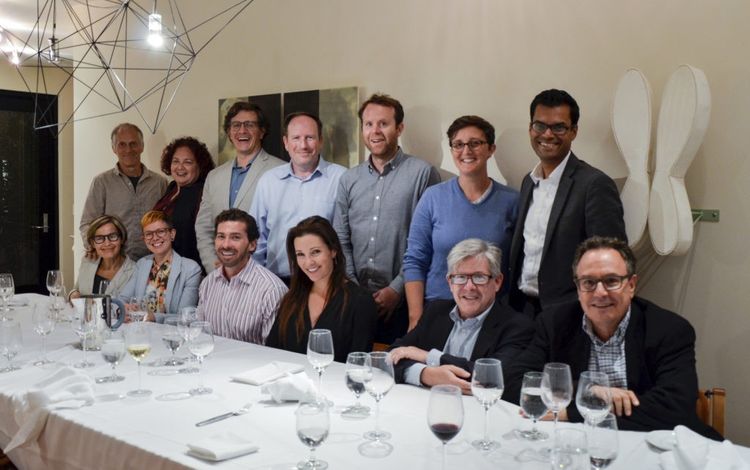Thomas Kelley of design firm IDEO has a lot of experience in fostering effective brainstorming. He suggests allocating a specific space for innovation, well-stocked with sketch boards, maps, pictures and other stimulating visuals, as well as an abundance of post-it notes, prototyping kids, markers, story-board frames, etc. Practice the Zen principle of “beginner’s mind” and leave your preconceptions at the door. “Don’t judge, empathize.” Seek out epiphanies through “vuja de”—the sense of seeing something for the first time, even if it’s commonplace. Cross-pollinate: hire people with diverse backgrounds or even nationalities, create lots of opportunities for impromptu meetings among disparate groups, host a weekly speaker series to get creative juices perking, seek out diverse projects that stretch the firm’s capabilities. When it comes to brainstorming, sharpen your focus on one specific customer need or process and go for quantity—encourage wild ideas and pie-in-the-sky thinking. Number your ideas—a hundred ideas per hour is usually a sign of a good, fluid brainstorm. Use props—write and draw your concepts with the markers and giant post-its stuck to every surface. Get physical—let that enthusiasm bubble over into impromptu prototyping using foam core, duct tape, glue guns and other model-building tools. Stretch first—sometimes it helps to ask attendees to do a little homework the night before or play a word game to clear the mind before getting down to business.
More effective brainstorming
20 years ago • 1 min read
